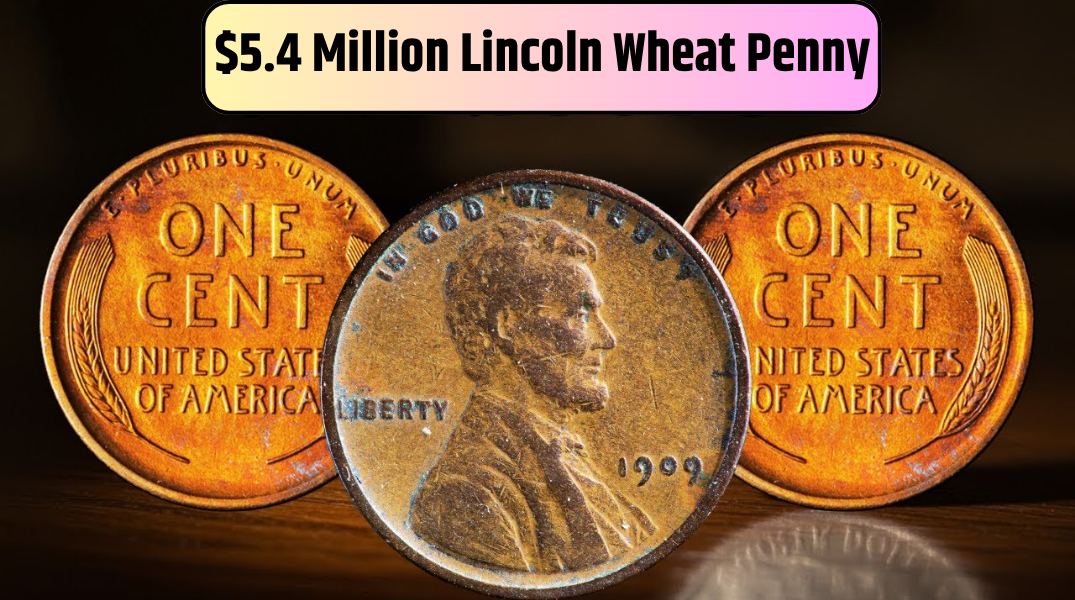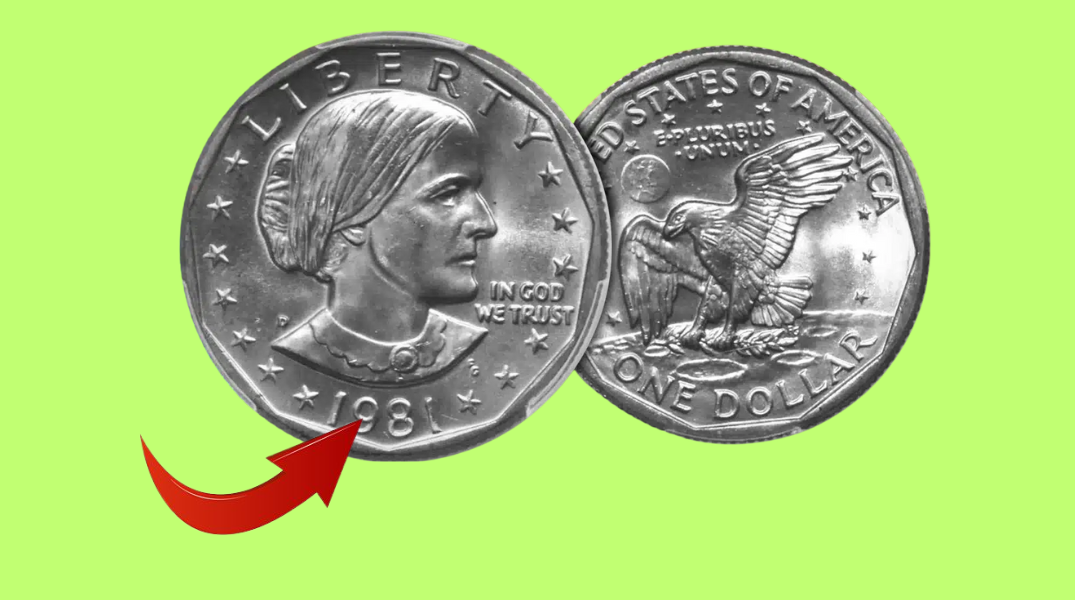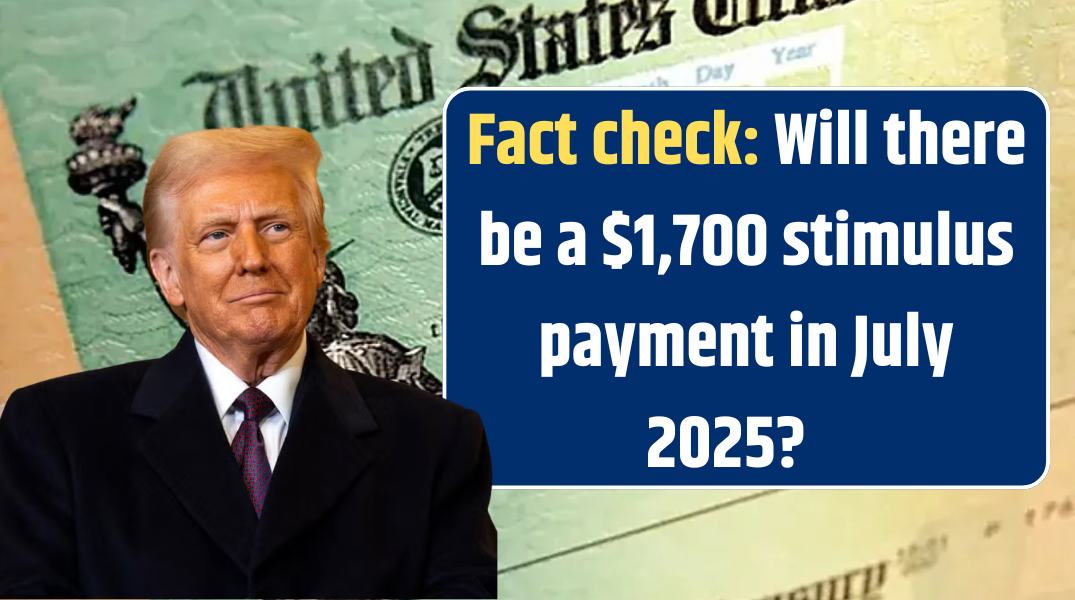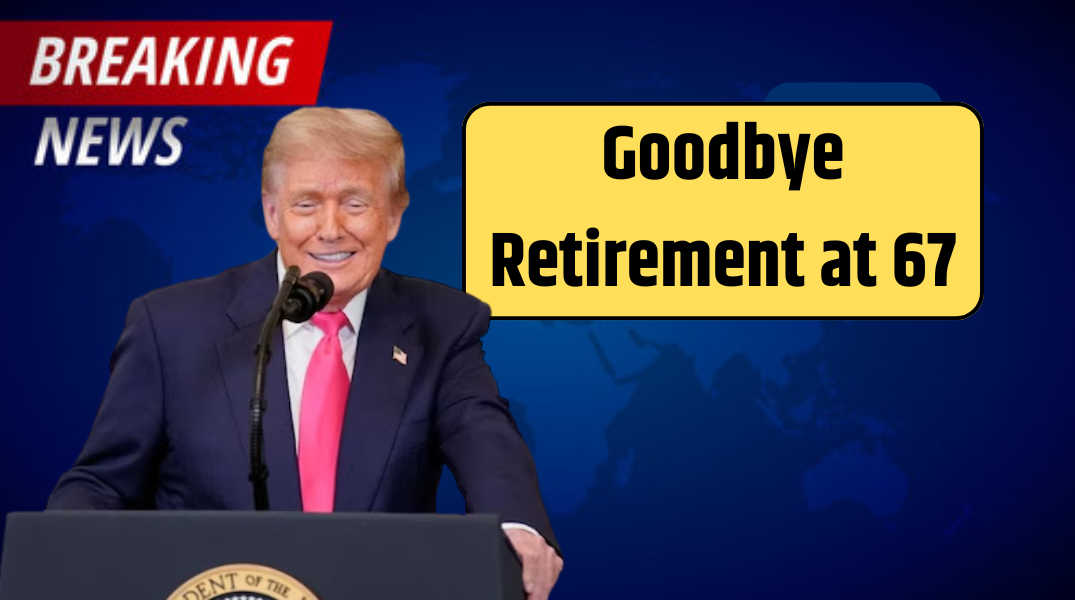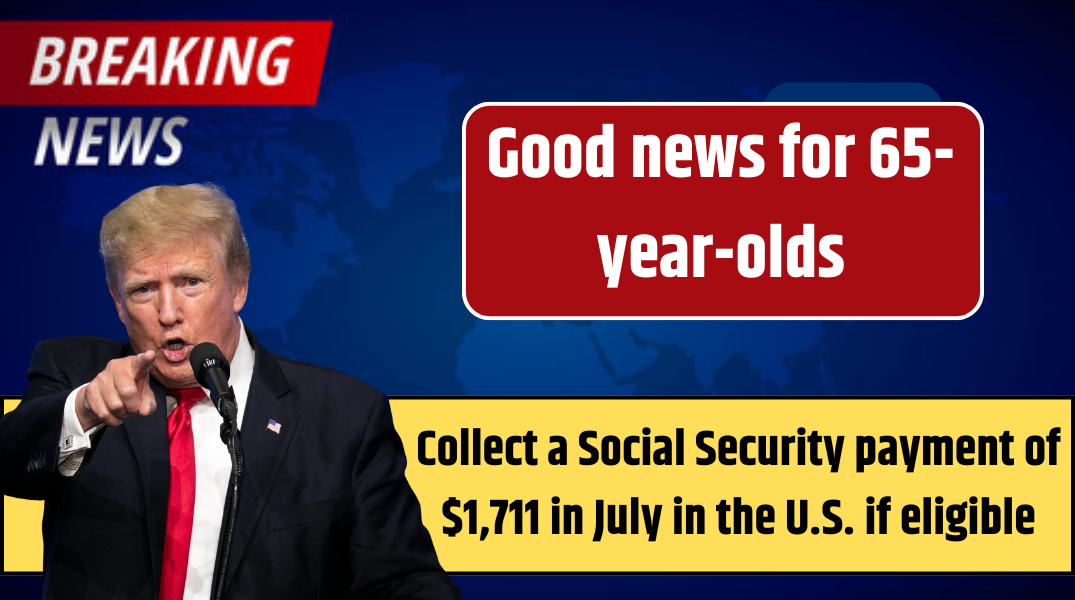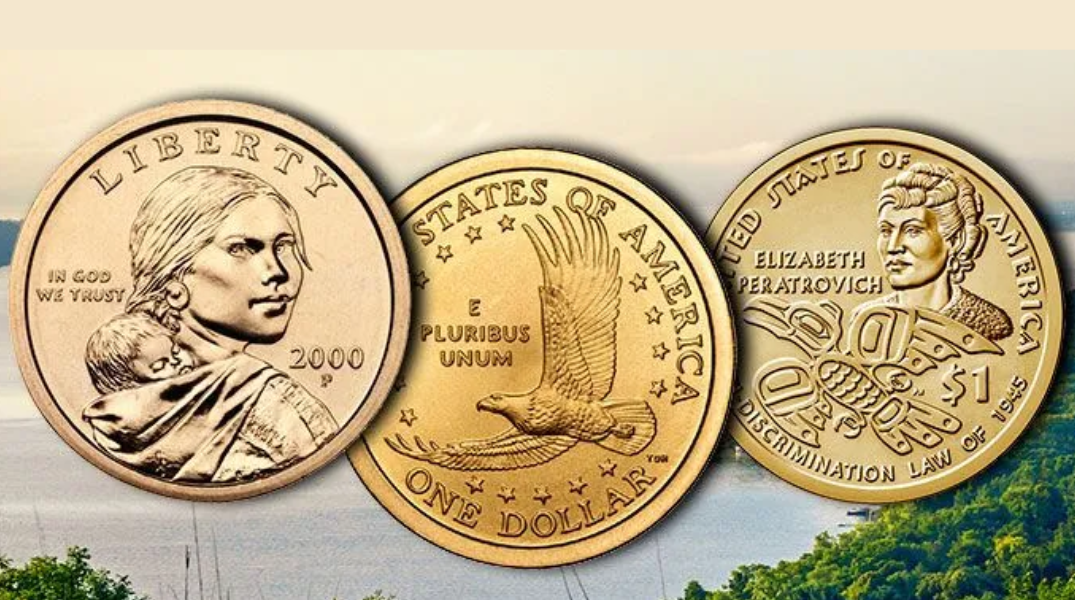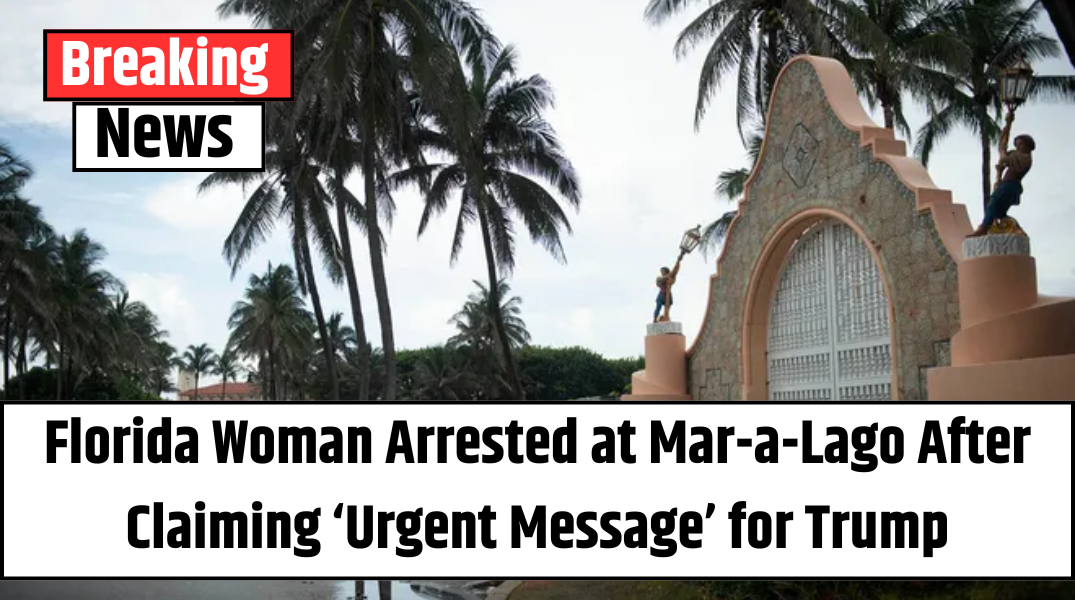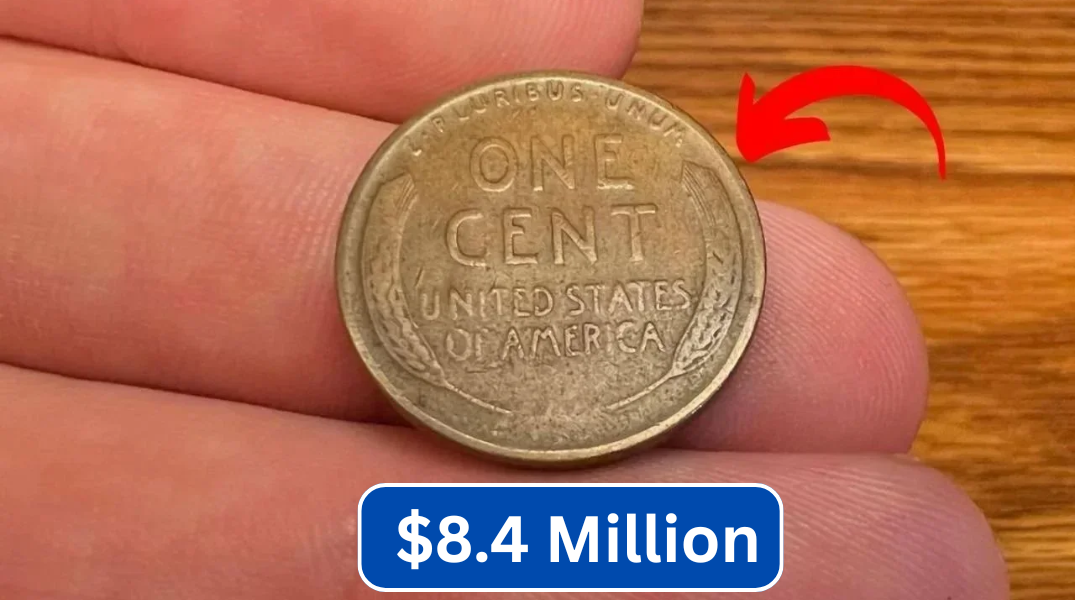To most people, a penny is just small change. But for coin collectors, some Lincoln Wheat Pennies could be the jackpot of a lifetime. These everyday coins, minted between 1909 and 1958, may look ordinary—but a few ultra-rare varieties are worth thousands to even millions of dollars.
If you’ve got a jar of old coins or some change jingling in your pocket, it’s time to take a second look. One of those unassuming pennies could buy you a house—or even change your life.
The $5.4 Million Penny: 1943 Bronze
During WWII, copper was in short supply, so the U.S. Mint produced pennies in zinc-coated steel in 1943. However, a few bronze blanks were mistakenly used. The result? One of the rarest and most valuable coins in U.S. history.
🔍 How to spot it:
A real 1943 bronze penny looks brownish and does not stick to a magnet. If yours isn’t silver-colored like steel, and it passes the magnet test—you might be holding a multi-million dollar piece.
💰 Record sale: $5.4 million in 2021.
The Doubling That Made a Fortune: 1969-S Doubled Die
This coin is famous not for what it is, but for how it was made. A minting error caused the design—particularly the date and lettering—to be stamped twice, creating a ghost-like doubling effect.
🔍 Look for:
“LIBERTY” and “IN GOD WE TRUST” appearing doubled or blurred, plus an “S” mint mark under the date, indicating the San Francisco Mint.
💰 Top sale: Over $2 million in pristine condition.
Other Coveted Pennies That Could Be in Your Change
| Coin | What Makes It Rare | Value Potential |
|---|---|---|
| 1909-S VDB | First Wheat Penny with VDB initials (San Francisco) | $100,000+ |
| 1955 Doubled Die | Strong doubling on the front lettering | $25,000+ |
| Off-Center Strike Pennies | Minting errors causing a misaligned design | $1,000–$10,000 |
| 1922 No D Penny | Denver mint mistakenly left off mint mark | $10,000+ |
Even common years can be worth thousands if there’s an unusual minting error. It’s not just the year that matters—it’s the flaws, marks, and condition that make the difference.
How to Identify a Penny That’s Actually Worth a Fortune
Ready to dig through your change? Here’s how to examine your coins:
-
Check the Date – Start with pre-1959 pennies. These are all Lincoln Wheat Cents.
-
Look Under the Date – Mint marks include:
-
“S” = San Francisco
-
“D” = Denver
-
No mark = Philadelphia
-
-
Use a Magnet – 1943 pennies should stick. If yours doesn’t, it could be bronze—and incredibly valuable.
-
Inspect for Errors – Use a magnifier to detect doubled letters, odd shapes, or off-center prints.
-
Check the Coin’s Condition – Uncirculated coins (those without wear) are worth significantly more.
💡 Bonus Tip: Visit coin shows or use tools like PCGS’s online price guide to compare and get expert opinions.
Treasure in the Most Unexpected Places
Many people have stumbled upon valuable Wheat Pennies in the wild—literally. From flea markets to estate sales, or even tucked in old coffee cans in grandma’s attic, these coins continue to surface.
A Pennsylvania man found a 1909-S VDB in a collection inherited from his grandfather and sold it for $85,000. Another collector spotted a rare 1955 Doubled Die in a box of junk coins purchased at a garage sale.
So next time you’re about to drop that penny into a tip jar or donation box—look first.
FAQs: What You Need to Know About Valuable Lincoln Wheat Pennies
1. What’s a Lincoln Wheat Penny?
It’s a one-cent U.S. coin minted from 1909 to 1958, featuring two wheat stalks on the reverse side.
2. Why are some Wheat Pennies worth so much?
Rarity, minting errors, and historical quirks—like the 1943 bronze penny—make certain coins extremely valuable.
3. What’s the most valuable penny ever sold?
A 1943 bronze penny that sold for $5.4 million in 2021.
4. Are all pre-1959 pennies valuable?
Not all. Most are worth a few cents to a couple of dollars, but those with rare mint marks, dates, or errors can be worth thousands.
5. What’s a mint mark and where do I find it?
A small letter below the date tells you where it was minted:
-
“S” = San Francisco
-
“D” = Denver
-
No mark = Philadelphia
6. How do I know if my penny is a doubled-die?
Letters and numbers appear slightly blurry or shadowed, as if stamped twice. The 1955 and 1969-S varieties are the most famous.
7. What should I do if I think I found a rare coin?
Have it authenticated and graded by a trusted service like PCGS or NGC. This ensures it’s real and helps set its market value.
8. Can I still find Wheat Pennies in circulation?
Yes! While rare, they still show up in coin rolls, garage sales, change jars, and even in pocket change.
Final Thought: That Penny Might Be a Payday
You never know when fortune might turn up in your change. Lincoln Wheat Pennies are more than relics—they’re potential jackpots hiding in plain sight. Grab a magnifying glass and start hunting—your next penny might just be worth more than your paycheck.
